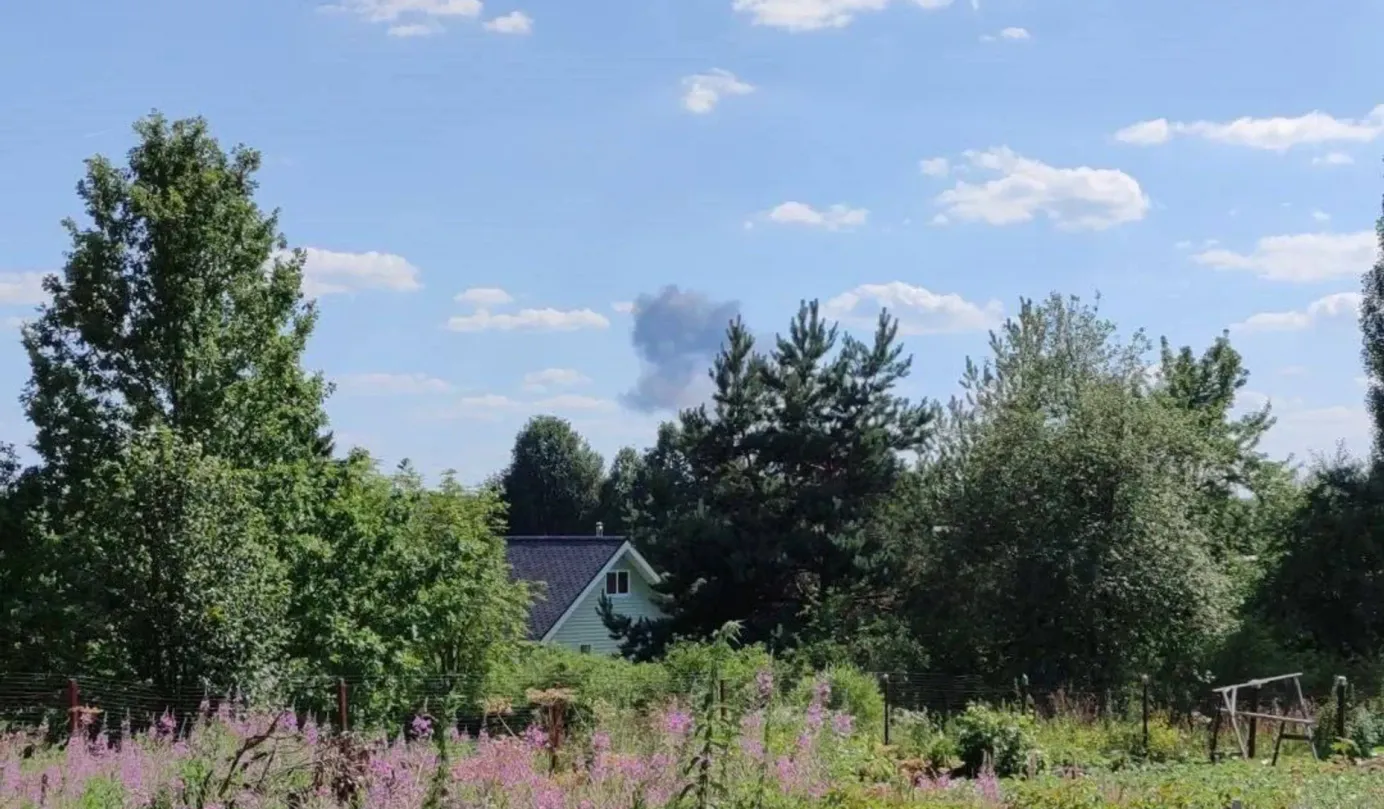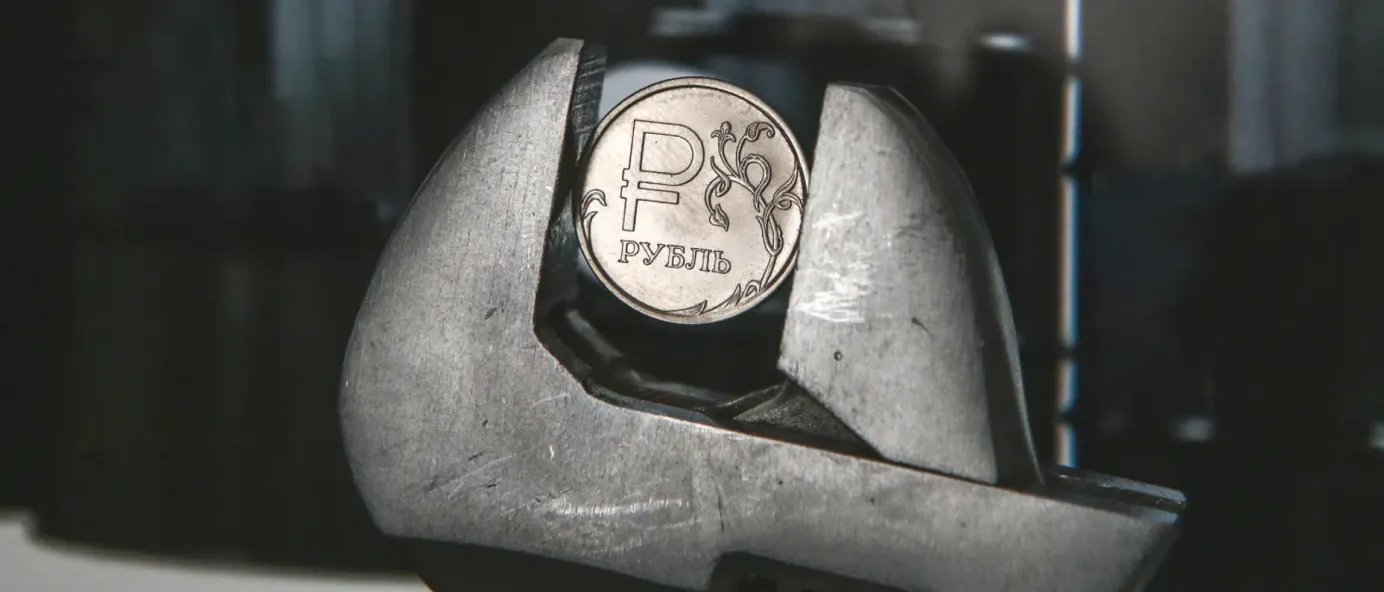
Jet crash prompts speculation over Russia’s import substitution drive
Last Friday, a Russian Sukhoi Superjet (SSJ) 100 passenger aircraft crashed near Moscow, killing all three crew members on board. The plane was flying to Moscow’s Vnukovo airport after having undergone repair work. First developed in the 2000s, the model never took off with airlines either abroad or at home. The Russian-made jet has historically used some Western components, but under sanctions Moscow has been forced to source new parts and has touted a multi-billion dollar import substitution plan for the plane. The crash prompted speculation over the future of that program.
- The plane, which was not carrying any passengers, crashed 10 minutes after take-off and there have been several preliminary theories put forward as to what went wrong. Sources in Russia’s emergency services were quoted as saying both engines failed after a bird strike. Another plausible explanation that has been put forward is a system failure connected with on-board electronics.
- The plane was produced in 2014 and belonged to the Gazprom Avia airline, which is 100% owned by gas giant Gazprom. Its initial service warranty ran until 2020.
- Immediately after the crash, the Trade and Industry Ministry said the plane involved was not a jet that had been made using fully Russian parts. The main difference would be the use of Russian PD-8 engines in place of the Franco-Russian SAM146. Russian sources suggested that the disaster could be blamed on the SAM146 engine.
- The development of the new Russian-only Sukhoi Superjet 100 was slated to cost $1.4-1.5 billion. The plane is in testing mode. Aeroflot, Russia’s leading carrier, expected to receive the first deliveries in 2023, but that date has been pushed back. It is not currently known when the first of the new planes will be operational.
Why the world should care:
If the preliminary explanation for the crash is confirmed as being a problem with the foreign-made components, then the billions being poured into producing a Russian-made alternative (and the missed deadlines, flagrant even by aviation industry standards) can be seen as justified. But for now, the exact cause of the crash remains unknown. If a faulty part, something produced domestically, or poor service or repairs were to blame, then the crash will just heap yet more questions as to the viability of Russia’s import-substitution program, and the safety of Russian aviation overall.



